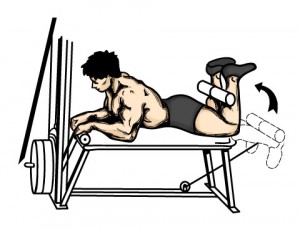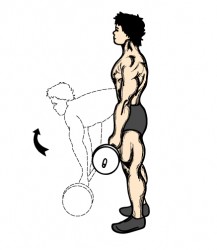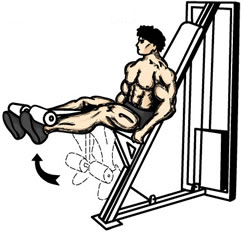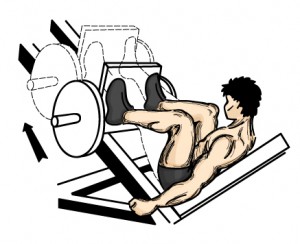This week I would like to talk about one more leg exercise to avoid in part 4 of a 5 part series of exercises that could be doing you more harm than good. In part 3, I talked about the Machine Leg Curl which is an exercise that isolates your hamstring muscles. There is one more exercise that seems like it would be very effective and I’ve done it myself in the past not realizing the implications or ineffectiveness of it.
The exercise is the Smith Machine Squat and thanks to Dr. Kareem Samhouri (a Neuro Metabolic Fitness and Rehab Expert), I now know the reasons why it’s ineffective and I would like to share with you the reasons why and what you can do instead.
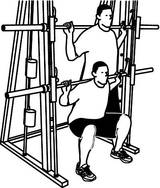 First of all, from a muscle balance perspective your hamstrings are basically not being used in this exercise, meaning your quads are doing all the work.
First of all, from a muscle balance perspective your hamstrings are basically not being used in this exercise, meaning your quads are doing all the work.
At the same time, it’s hard to properly recruit your glutes when the weight is not directly loading your spine (a lot of the weight is being supported by the machine itself). Without the support of your glute muscles, you are weakening your core which can increase the risk of injury and slow fat loss.
Second, the functional benefit of this exercise is not very high compared to a free weight barbell squat or dumbbell squat. Since your hamstrings and glutes don’t really have to work much in this exercise, you’re not squatting like you would in real life.
In a Smith Machine Squat, it’s easier to lift more weight because of the assistance of the machine but piling the weight on further emphasizes the muscle imbalance and can lead to injury. Your quads, glutes, and hamstrings need to work together in order to become stronger and more mobile as a unit. Doing squats that aren’t on a Smith Machine will tend to limit you to a more correct weight selection which will load all the working muscles properly and lead to better results.
Finally, the metabolic effect of this exercise is low to medium. Since you are using your ankle, knee, and hip joints, the metabolic potential is slightly higher than the other exercises I have mentioned in this series. However, the muscle imbalances that the Smith Machine Squat creates can lead to all sorts of situations that can cause a metabolic crash.
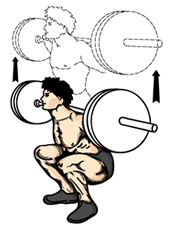 So there you have the main reasons why the Smith Machine Squat should be avoided and like I mentioned earlier, a freeweight barbell or dumbbell squat is much more effective and will strengthen the quads, glutes, and hamstrings as a whole. You will also be recruiting your core stabilizer muscles and a stronger core will help prevent injury in this and any other exercise as well as any daily activity that you do.
So there you have the main reasons why the Smith Machine Squat should be avoided and like I mentioned earlier, a freeweight barbell or dumbbell squat is much more effective and will strengthen the quads, glutes, and hamstrings as a whole. You will also be recruiting your core stabilizer muscles and a stronger core will help prevent injury in this and any other exercise as well as any daily activity that you do.
Again, the key to making the squat safe and effective is to use proper form throughout. Make sure you push up through your heels, keep your knees in line with your toes and arch your back up slightly to stay upright. Start with no weight until you get comfortable with the movement.
Next week I will talk about the final exercise to avoid next time you hit the gym and its more effective alternative. Until then, happy squatting!

